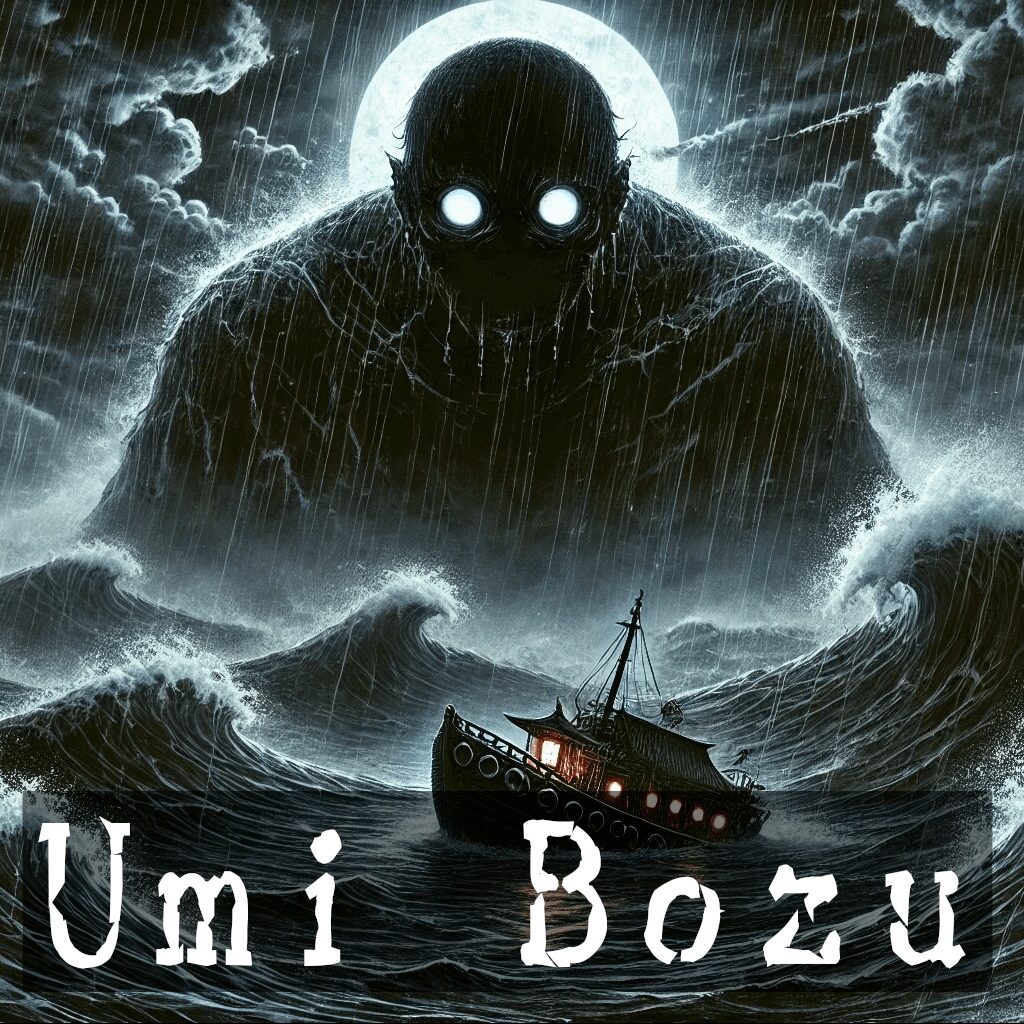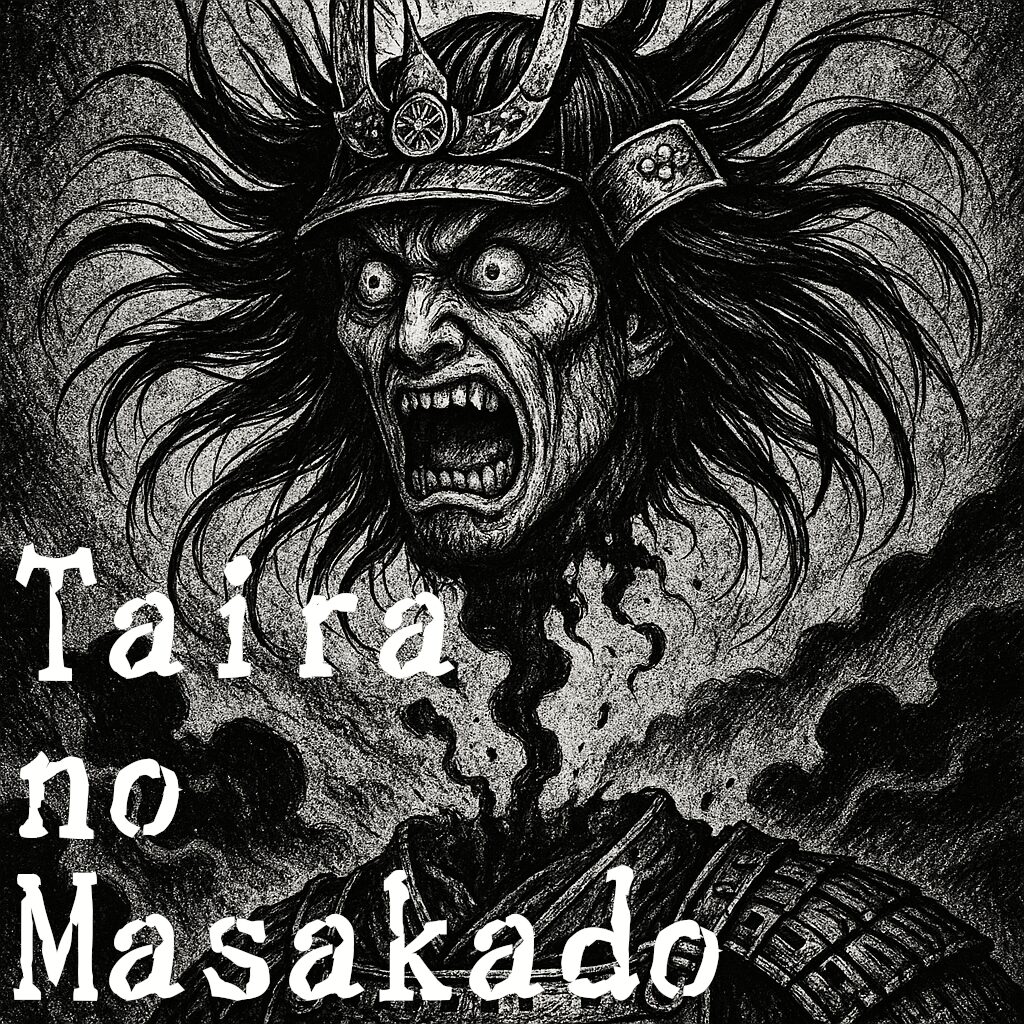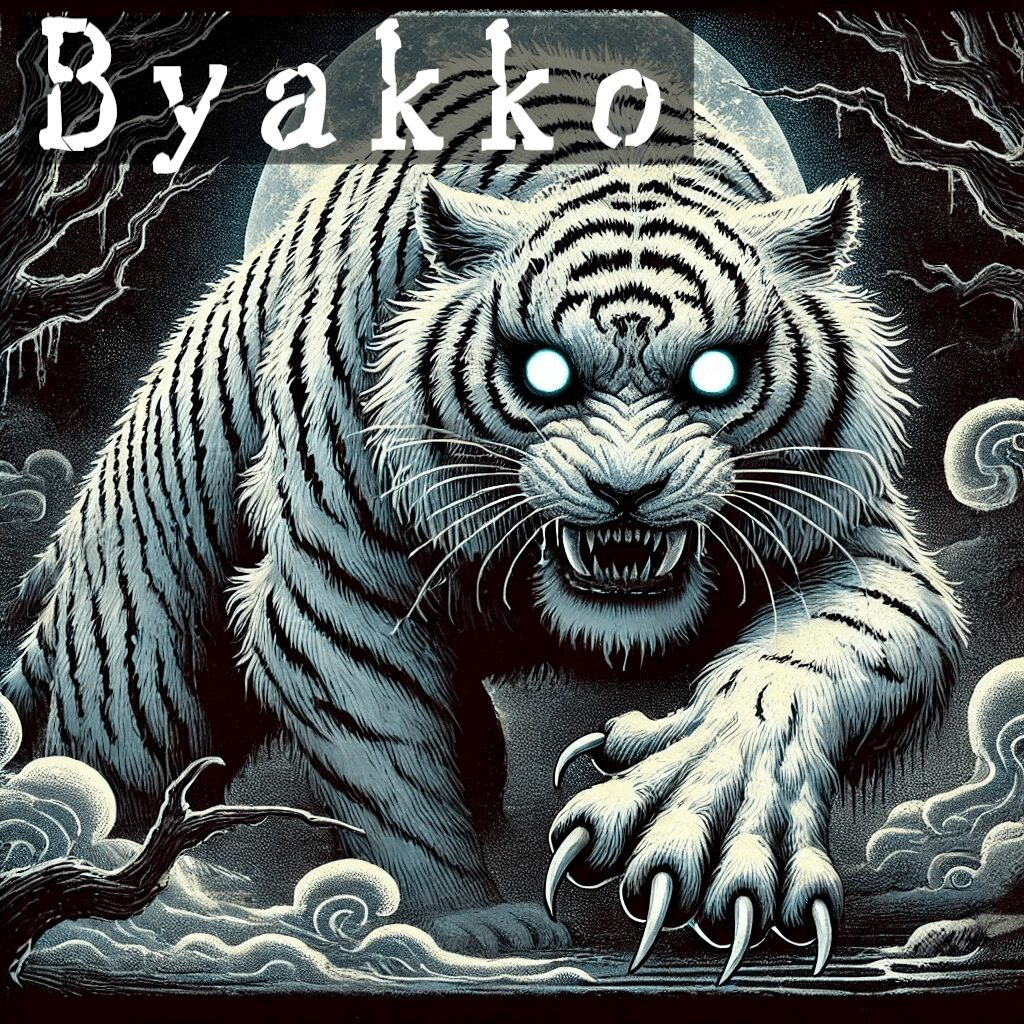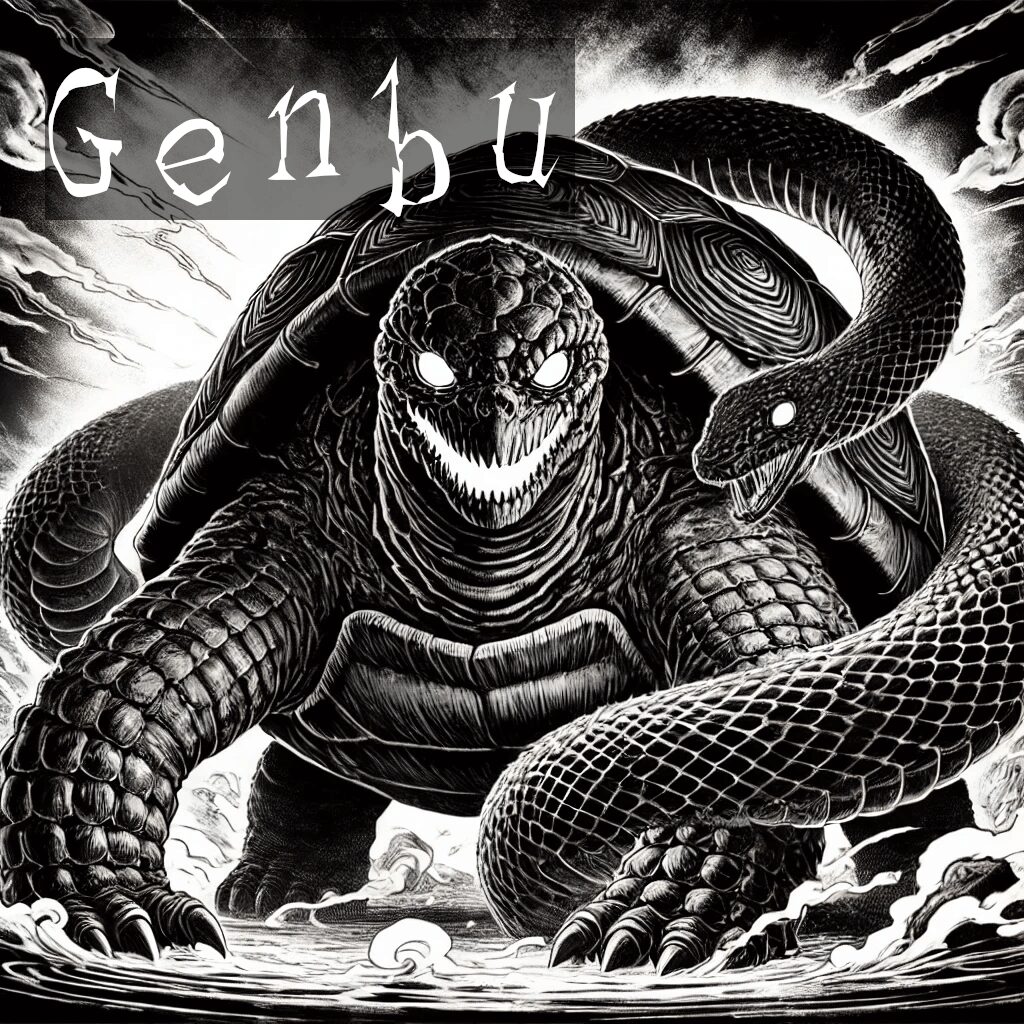Noppera Bo… Imagine walking along a quiet street at night. You call out to someone ahead, and they turn… but their face is completely blank. This chilling figure has been feared here and there eben until now as one of Japan’s most unsettling yokai.
Today, we’ll explore why the mere absence of a face continues to haunt Japanese folklore and our imagination.
What is Noppera Bo?
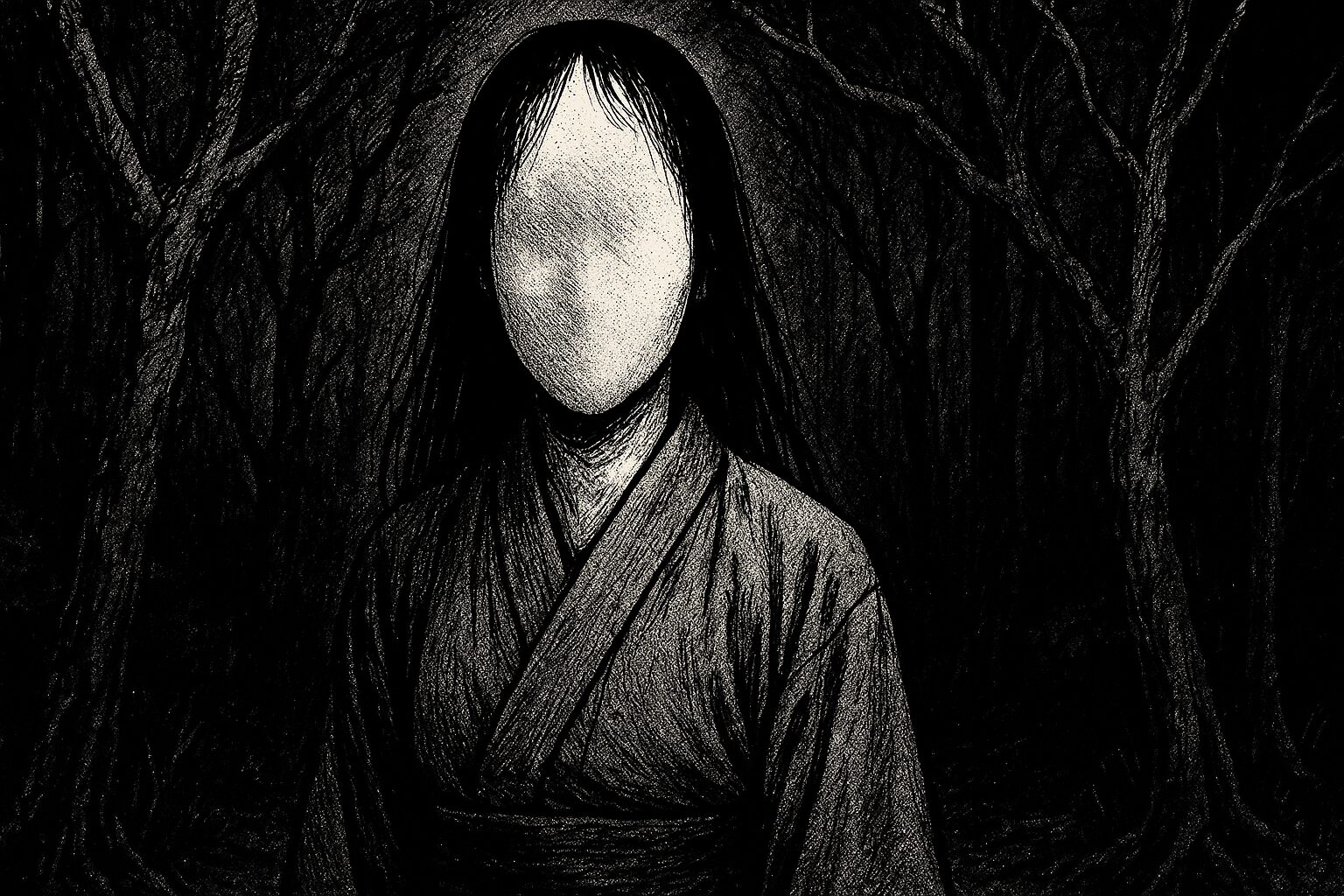
Origins and Historical Background
Noppera Bo (のっぺらぼう) first appeared in the Edo period (the 17th-19th centuries), depicted in illustrated books and Hanga (版画 / woodblock prints).
Perhaps the most famous tale comes from the story called “Mujina (貉 / ムジナ)”, one of the stories featured in Lafcadio Hearn’s Kwaidan (怪談). In it, a man encounters a beautiful woman on a night road — only for her to turn, revealing a smooth, featureless face.
Appearance and Nature
It typically appears human, behaving normally until the terrifying moment their face vanishes. Legends suggest it may be a fox or tanuki (Japanese racoon) because they also often appear to trick people, as in other Yokai kinds of Japanese stories.
Noppera Bo Story (podcast)
<–coming soon!–>
How Noppera Bo scares us
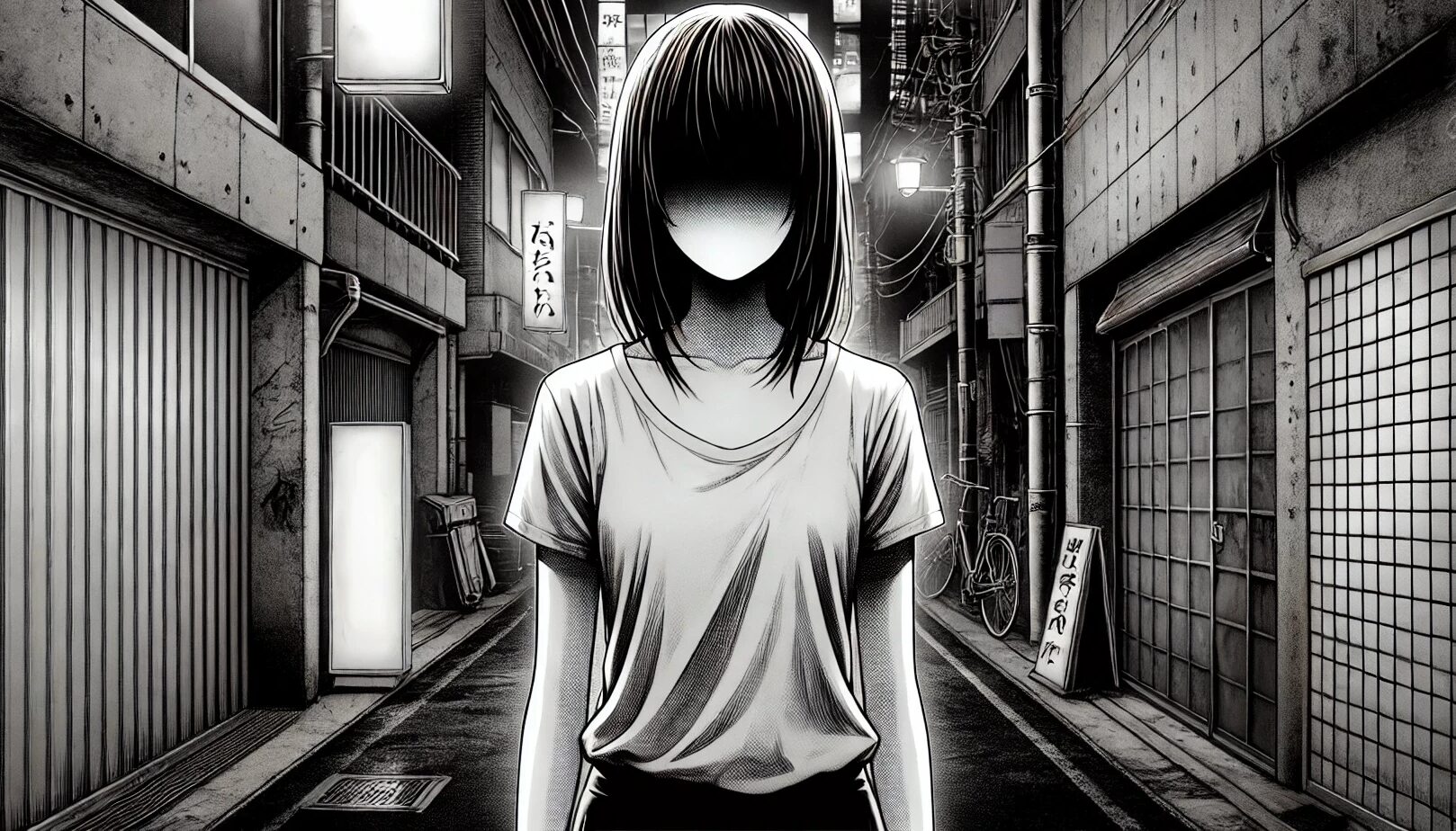
The “Second Scare” Technique
Many classic tales, such as Mujina, use what’s called a “second scare (再度の怪 / Saido No Kai)” — lulling the victim into a false sense of relief before striking again. You escape one faceless figure and ask someone for help, but only to meet another who turns out to be Noppera Bo, too.
Famous Stories and Local Legends
Beyond Mujina, variations exist across Japan. One example is, in Tokyo’s Honjo Seven Mysteries (本所七不思議), Noppera Bo appears near the Oitekebori (置行堀) moat.
Oitekebori story basically starts with something like this: there was a guy enjoying fishing at the moat. He got a lot of fish and, put them in a cage, was about to leave to home feeling super happy. But suddenly, he heard a deep, scary voice saying “Leave them” from the moat, so he ran away back home immediately. When he arrived home, all the fish were gone…
There is a variation to this Oitekebori story with Noppera Bo. After running away from the moat, the guy found a Soba (蕎麦) noodle stand. The guy told him about the terrible thing that happened in the moat, but the noodle stand owner was not at all surprised, and when he turned around, he had no eyes, nose or mouth.
The guy was surprised again, and this time, he rushed home, where he found his wife. She asked him what he was in such a hurry about. He told his wife that he had seen a Noppera Bo, and his wife turned around and showed him her face, which had no eyes, nose or mouth. The surprised guy fainted at the end…
Modern Cultural Impact of Noppera Bo
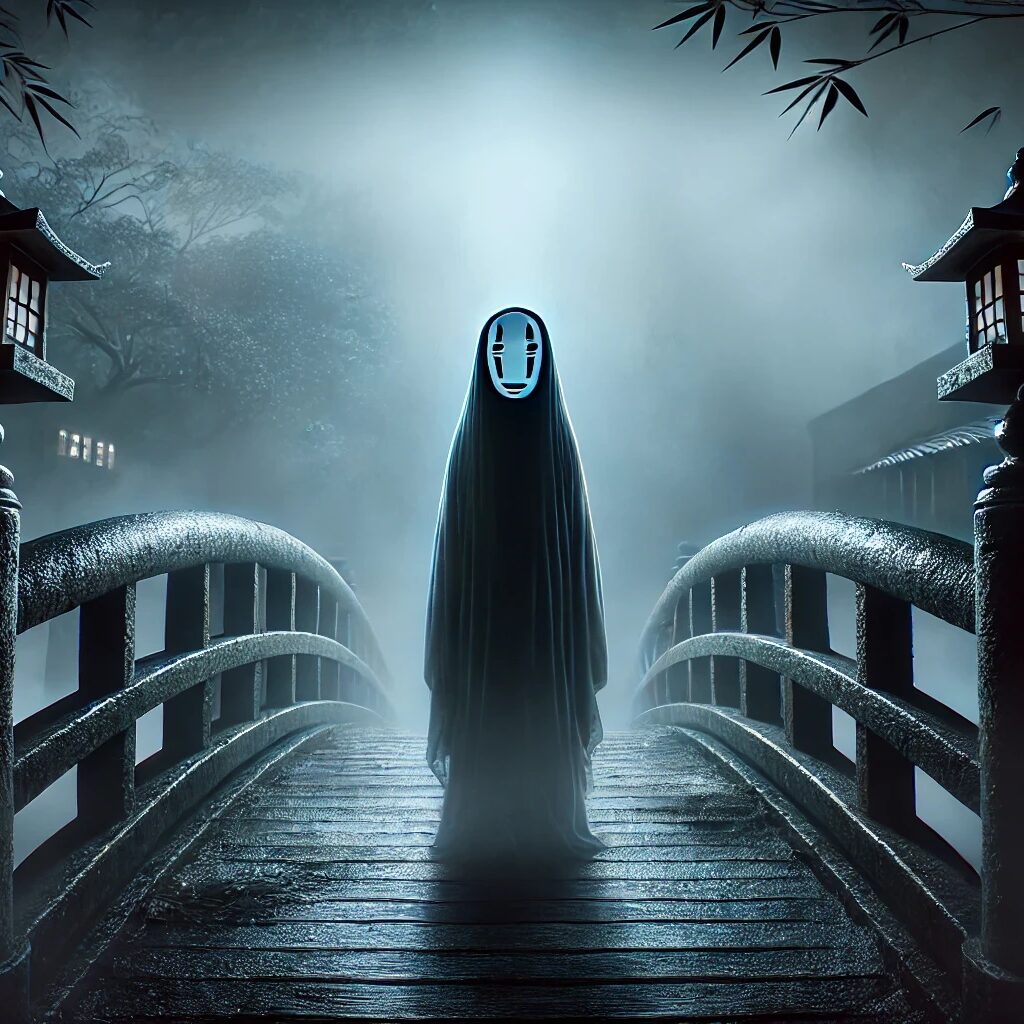
Noppera Bo continues to haunt Japanese pop culture — from GeGeGe no Kitaro (ゲゲゲの鬼太郎) to some video games and horror films.
Studio Ghibli’s Pompoko (平成狸合戦ぽんぽこ) has a scene with Noppera Bo (you can see the “second scare” technique there as well. Also, Spirited Away (千と千尋の神隠し) features Kaonashi (カオナシ), or “No-Face”, who is likely inspired by this faceless yokai.
Even now, this faceless yokai thrives in urban legends and internet horror stories.
Other Variations of Noppera Bo
Links to “Nuppeppo” — the Lump of Flesh Spirit
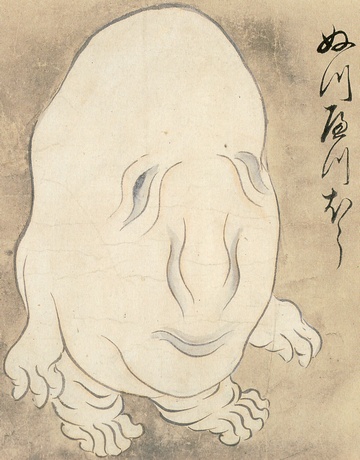
Some scholars associate Noppera Bo with Nuppeppo (ぬっぺっぽ), a fleshy blob-like yōkai. Apart from the similarity in their names, both embody the grotesque concept of a human form stripped of defining features — unnerving because of what is missing.
Chinese Counterparts and Global Comparisons
Interestingly, similar faceless beings appear in Chinese folklore — the Wumianren, or “faceless people”. Globally, the faceless figure remains a universal symbol of fear — the terror of losing identity and humanity.
Why Is This Faceless Yokai So Terrifying?
Our faces reflect our emotions and identity. Losing that connection strips away what makes us human, leaving behind something both familiar and terrifyingly alien. In that sense, Noppera Bo isn’t merely a faceless yokai — it’s also a symbol of losing one’s humanity.
Next time you walk alone at night, and someone calls out to you — make sure to check their face…
Find Your Kaidan!
Discover your favourite Japanese scary/horror stories
Categories
Let’s talk
Would you like to analyse the story, make theories on it, and share your thoughts?
Please join our Discord channel
where you can share your thoughts and interact with other Kaidan lovers!


